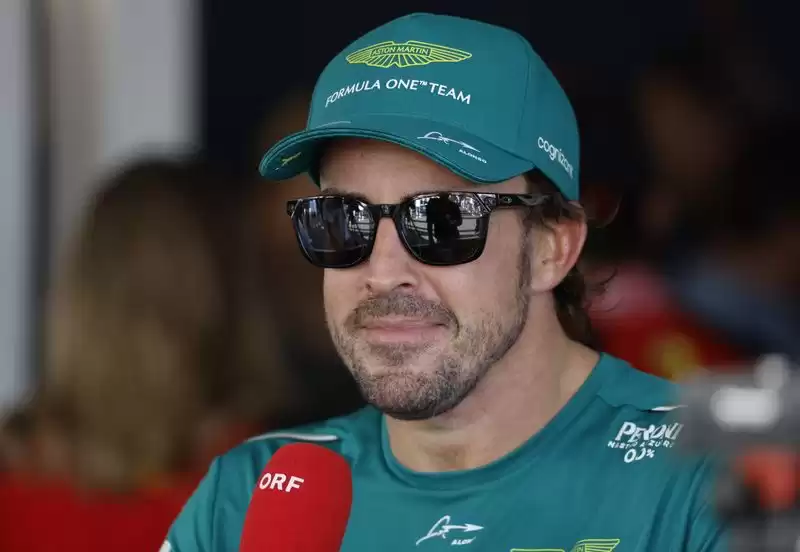"Japanese Grand Prix: In-depth analysis of the team-by-team motor racing event"
Red Bull secures constructors' championship, Verstappen wins Japanese Grand Prix, Mercedes drops position, Ferrari outscored Mercedes, McLaren double podium.
The Japanese Grand Prix at Suzuka marked the 16th round of the 22-race Formula One season. Let's dive into a team-by-team analysis of the race.
Red Bull had a fantastic weekend, with Max Verstappen taking the victory from pole position for the second year in a row. This win secured the constructors' championship for Red Bull for the second consecutive year and the sixth time overall. Verstappen's win was his 13th of the season and his 48th career victory. He also set the fastest lap of the race. With Sergio Perez retiring from the race, Verstappen now has a significant lead in the drivers' championship and can potentially secure his third title at the next race in Qatar.
Mercedes had a challenging race, with both Lewis Hamilton and George Russell dropping positions at the start. Hamilton's race was further compromised by a collision with Perez on lap one. The team opted for a two-stop strategy for Hamilton, with pit stops on laps 16 and 34. Russell, on the other hand, attempted a one-stop strategy that didn't work out as planned. Mercedes instructed the drivers to switch positions on lap 49 to protect Hamilton from Carlos Sainz, leaving Russell vulnerable on worn tires. Despite the difficulties, Mercedes still holds the lead over Ferrari in the constructors' championship, albeit with a reduced margin.
Ferrari continued their strong form, outscoring Mercedes for the fourth race in a row. Charles Leclerc finished in fourth place, while Carlos Sainz crossed the line in sixth. Sainz made a great start, overtaking Perez for fifth position. Both drivers made pit stops, with Leclerc pitting on lap 17 and Sainz on lap 18. Ferrari strategically kept Sainz out longer to give him fresher tires for the closing stages of the race. This decision paid off, as both drivers were able to pass the Mercedes drivers after the team ordered Hamilton and Russell to swap positions.
Aston Martin had a mixed race, with Lance Stroll retiring due to a rear wing failure detected by the team. Fernando Alonso, on the other hand, had a strong race. However, he expressed frustration with the team's decision to pit him early, feeling that it put him at a disadvantage. Despite this, Alonso was able to recover and put in a solid performance on a second set of tires.
McLaren had a fantastic race, securing their first double podium since Monza earlier this year. Lando Norris finished in second place, while rookie Oscar Piastri took an impressive third place. Norris got ahead of Piastri at the start, but Piastri gained an advantage with a well-timed pit stop during a virtual safety car period. Norris pitted a few laps later but was able to catch up to his teammate and overtake him after the team instructed them to swap positions for strategic reasons.
Alpine made an interesting strategic decision during the race. They initially switched their drivers, Esteban Ocon and Pierre Gasly, to give Gasly a chance to attack Alonso. However, they ultimately switched them back at the end of the race. Ocon had a collision with Alfa Romeo's Valtteri Bottas on lap one, while Gasly was spun around by Perez, forcing him into an unscheduled pit stop.
Williams had a tough race, with both Alex Albon and Logan Sargeant retiring. Sargeant started from the pit lane with a penalty and encountered debris from early collisions, leading to further damage and retirement. Albon also retired due to damage sustained on lap one.
Haas had a challenging race, with Nico Hulkenberg finishing in 14th place and Kevin Magnussen in 15th. Hulkenberg made several pit stops, opting for different tire strategies throughout the race. Magnussen started on mediums but was spun around by Perez, necessitating an additional pit stop.
Alfa Romeo's Guanyu Zhou finished in 13th place, while Bottas retired due to damage sustained in early collisions. Zhou had to pit for a new front wing but managed to gain six positions by the end of the race on a two-stop strategy. He also completed the most laps on the soft tires.
AlphaTauri's Liam Lawson and Yuki Tsunoda started on soft tires and battled for ninth place early on. Lawson described the battle as aggressive but fair. However, both drivers struggled with tire degradation and dropped out of the points due to a late pit stop for harder tires.
Overall, the Japanese Grand Prix provided plenty of excitement and drama. Red Bull's dominance continued, while Mercedes faced challenges. Ferrari showcased their strong form, and McLaren celebrated a double podium. The midfield battles were intense, with teams like Alpine, Williams, Haas, Alfa Romeo, and AlphaTauri all experiencing their fair share of ups and downs. The next race in Qatar promises to be another thrilling chapter in this Formula One season.











Comments on "Japanese Grand Prix: In-depth analysis of the team-by-team motor racing event"